BUY Finasteride 5mg
$50.00
Finasteride is a prescription medication used to treat an enlarged prostate (benign prostatic hyperplasia, BPH) and, in a lower dose, male pattern baldness (androgenetic alopecia). While effective for these conditions, its powerful effect on the endocrine system means it carries a risk of significant and potentially persistent side effects that require careful consideration and discussion with a healthcare provider.
Prescription and Medical Guidance are Essential
Finasteride alters your body’s hormone levels, specifically dihydrotestosterone (DHT). It should only be used under the care of a physician who can properly diagnose your condition and monitor your progress. Women who are or may become pregnant must not handle crushed or broken finasteride tablets, as it can cause birth defects in a male fetus. Some users report persistent sexual, mental, and physical side effects after discontinuing the drug, a condition sometimes referred to as Post-Finasteride Syndrome (PFS).
What is Finasteride?
Finasteride belongs to a class of drugs called 5-alpha-reductase inhibitors. Its entire function is to block the action of the 5-alpha-reductase enzyme, which is responsible for converting testosterone into a more potent androgen, dihydrotestosterone (DHT).
Chemical Profile and Mechanism of Action
Testosterone is converted into DHT by the enzyme 5-alpha-reductase (5-AR). DHT is a primary driver of both BPH and male pattern baldness.
- In the Prostate: DHT stimulates the growth of prostate tissue. By inhibiting 5-AR and drastically lowering DHT levels, finasteride can shrink an enlarged prostate, improving urinary symptoms.
- In the Scalp: DHT is responsible for the miniaturization of hair follicles in genetically susceptible individuals, leading to hair thinning and eventual baldness. By reducing scalp DHT, finasteride can halt this process and, in some cases, lead to hair regrowth.
The 5mg dose is typically prescribed for BPH, while a 1mg dose (sold as Propecia) is used for hair loss.
Approved Medical Uses
- Benign Prostatic Hyperplasia (BPH): The 5mg dosage is used to improve urinary symptoms associated with an enlarged prostate and to reduce the risk of needing prostate surgery.
- Androgenetic Alopecia (Male Pattern Baldness): The 1mg dosage is used to treat hair loss on the vertex (crown) and anterior mid-scalp area in men.
Critical Health Risks and Potential Side Effects of Finasteride
While many men use finasteride without issue, a subset experiences significant side effects that can impact quality of life.
Common and Concerning Side Effects
The most talked-about side effects relate to sexual health.
- Decreased libido (sex drive)
- Erectile dysfunction (difficulty achieving or maintaining an erection)
- Ejaculatory disorders (e.g., decreased volume of ejaculate)
- Breast tenderness or enlargement (gynecomastia)
Post-Finasteride Syndrome (PFS) and Other Serious Concerns
A small but significant number of users report that side effects persist even after they stop taking the medication. This constellation of symptoms is often called Post-Finasteride Syndrome (PFS).
- Persistent Sexual Side Effects: Continued erectile dysfunction, low libido, and genital numbness.
- Mental and Neurological Effects: “Brain fog,” depression, anxiety, memory problems, and insomnia.
- Physical Effects: Chronic fatigue, muscle aches, and changes in skin texture.
The medical community is still studying the mechanisms and prevalence of PFS. Additionally, there has been some debate and ongoing research regarding a potential small increased risk of high-grade prostate cancer in men taking finasteride.
Legal Status and Prescription Requirements
Finasteride is a prescription-only medication. A doctor needs to perform an evaluation, including a prostate-specific antigen (PSA) test, to rule out prostate cancer before prescribing it for BPH. Using finasteride without a prescription is unsafe and illegal.
Frequently Asked Questions (FAQs) about Finasteride 5mg
What is the difference between the 1mg and 5mg doses?
Finasteride 5mg (brand name Proscar) is approved for BPH. Finasteride 1mg (brand name Propecia) is approved for male pattern hair loss. While some people cut the 5mg tablets to approximate the 1mg dose for cost reasons, this should only be done under the explicit guidance of a doctor, as it can lead to inconsistent dosing.
How long does it take to see results?
For BPH, it may take 6 months or more to see the full benefits. For hair loss, it typically takes at least 3-6 months of daily use to see any effect, and the benefits are lost if the medication is discontinued.
Are the side effects of Finasteride permanent?
For most men, side effects resolve after stopping the drug. However, as noted with Post-Finasteride Syndrome (PFS), a subset of individuals reports that their side effects persist long-term. This risk, though not fully understood, should be a key part of the discussion with your doctor before starting treatment.
Be the first to review “BUY Finasteride 5mg” Cancel reply
Related products
Anabolic-Androgenic Steroids (AAS)
Steroids
Anabolic-Androgenic Steroids (AAS)
Steroids
Steroids
Steroids
Steroids
Steroids




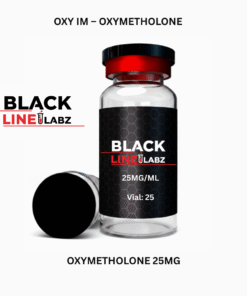
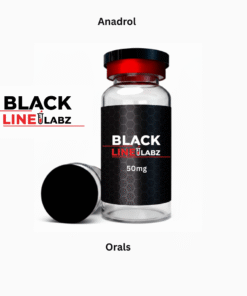
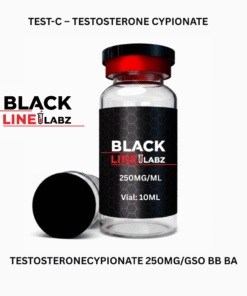


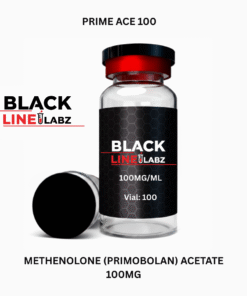
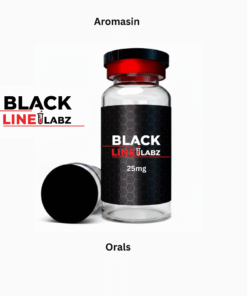
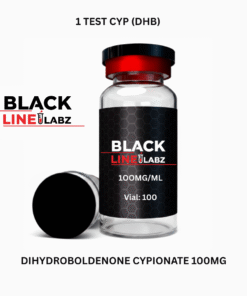
Reviews
There are no reviews yet.